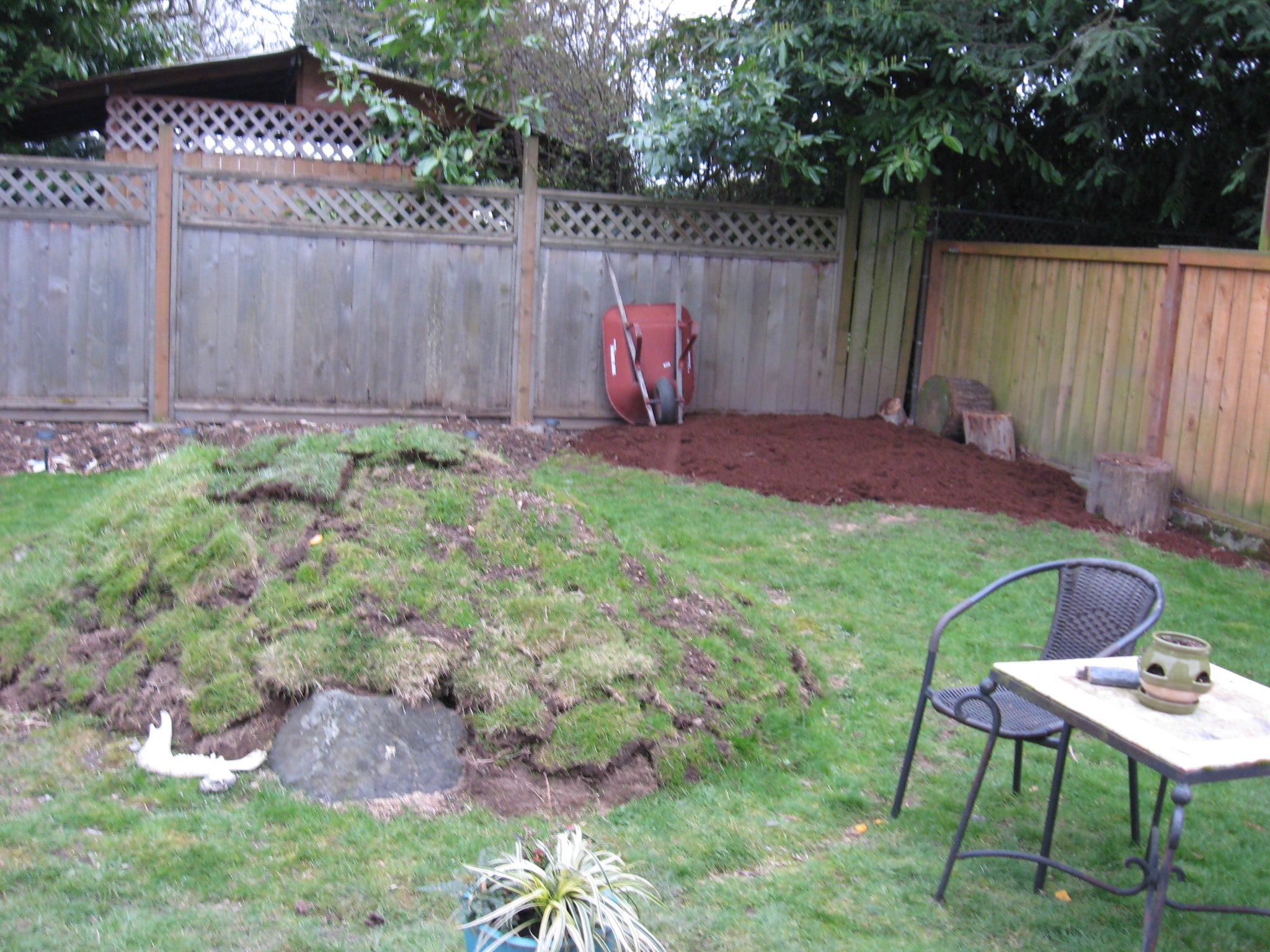Building A Berm: How Do I Make A Berm


Berms are an easy way to add interest to the landscape, especially those with dull, flat areas. Building a berm isn't as complicated as one might think. By following a few simple guidelines in the design of your berm, landscape troubles can easily be eliminated. If you are wondering, "How do I make a berm?", read on for the answer.
Berm Design
Before building a berm, a landscape designer or yourself must first plan the berm design. Always consider the berm's overall purpose beforehand as well as drainage patterns within the landscape. On average, a berm should be about four to five times as long as it is high, gradually trailing out into the remaining landscape. Most berms are no higher than 18-24 inches (45.5-61 cm.). The berm design can be created with more than one peak for additional interest as well and shaped to perform its purpose. Many berms are given a crescent-looking or curved shape, which is more natural-looking and preferable.
Building a Berm
Berms are oftentimes constructed using some kind of fill such as sand, plant debris, rubble, or asphalt and soil. Simply use the fill material for the bulk of the berm, forming its shape around it with soil and firmly tamping. To create the berm, outline its shape and dig any grass. Add the desired fill to the excavated area and begin packing around it with soil. Continue piling on the soil, tamping as you go, until reaching the desired height, carefully sloping it outward. The peak should be situated toward one end, rather than the center, for a more natural-looking appearance. It may also help to spray water on the berm afterward to fill in any sinkholes that may be present. If desired, plants can be incorporated for additional interest.
Island Bed or Berm
Island beds and berms are very similar. In fact, some consider them much the same. Generally, an island bed floats alone in the landscape, whereas a berm essentially becomes a natural part of the landscape. Island beds are typically created for aesthetic reasons, while berms tend to serve a more functional purpose, such as redirecting drainage or adding raised elements. Island beds can take on nearly any shape, from round to square. Berms tend to be curved. Size is also variable with island beds, but since these are viewed from all directions, they are usually half as wide as the distance from where they are viewed. There are no special rules for building a berm. Landscape contours will determine much of the berm's design, as the remainder lies with the property owner's individual preferences and needs. The answer to "How do I make a berm?" is as simple as that.
Sign up for the Gardening Know How newsletter today and receive a free copy of our e-book "How to Grow Delicious Tomatoes".

Nikki Tilley has been gardening for nearly three decades. The former Senior Editor and Archivist of Gardening Know How, Nikki has also authored six gardening books.